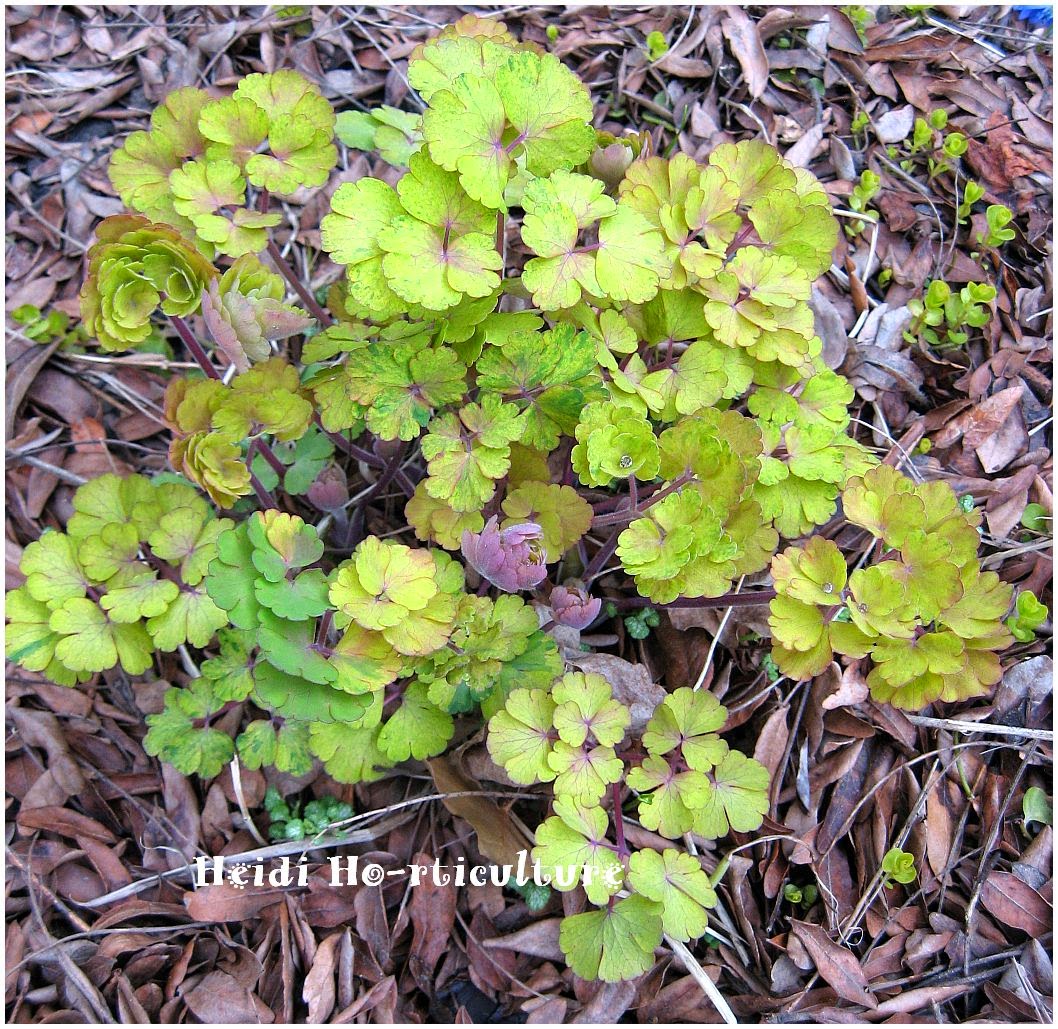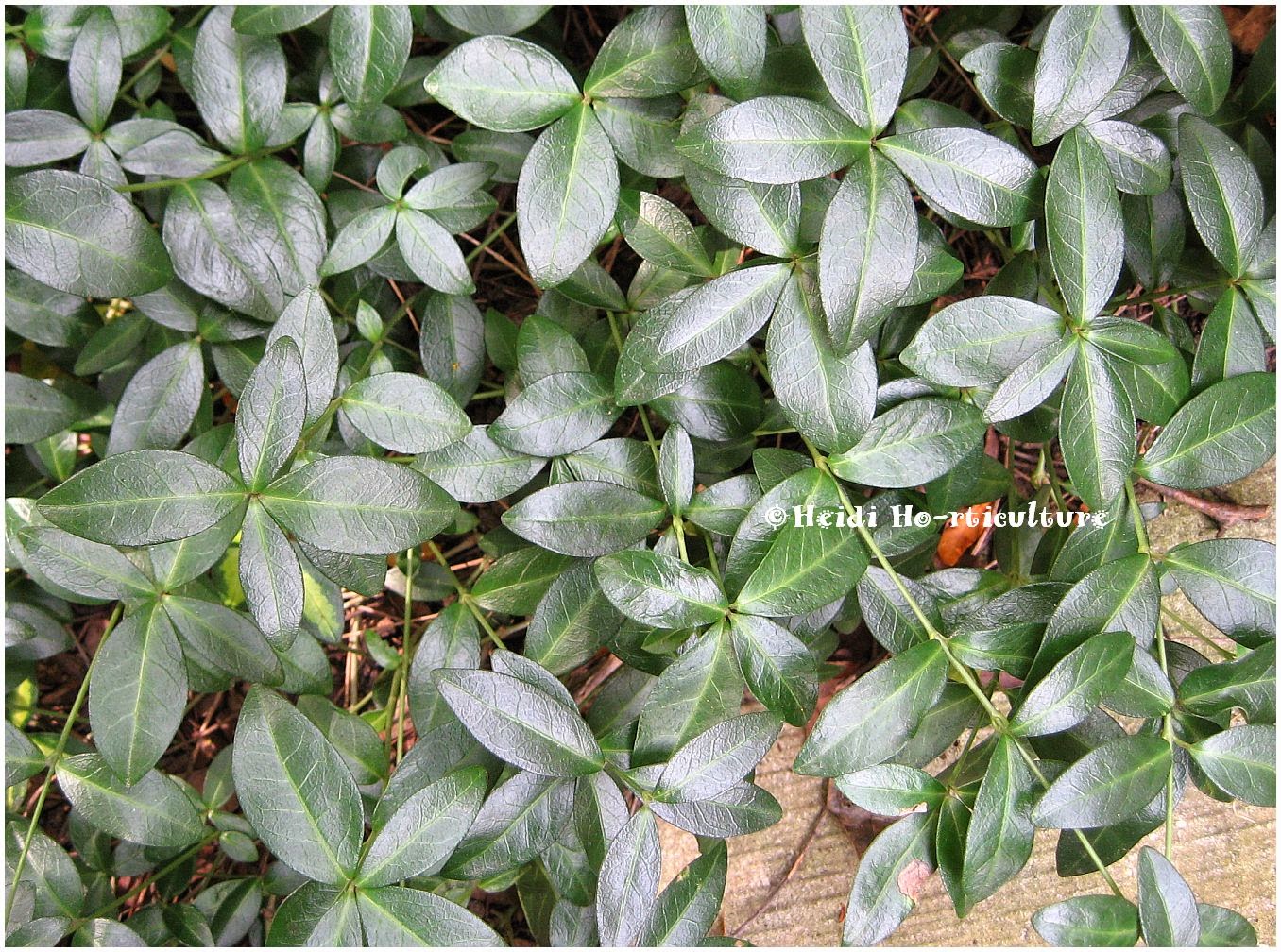I've been blessed with a job that allows you to play with living colours.
A few principles govern plant placement, but for the most part it's light requirements and colour that dictates what can work.
Rules to follow when buying choices for planters:
1) "Thriller" (generally something with height and colour)
2) "Filler" (fills in gaps and provides interest)
3) "Spiller" (the overflowing growth that softens edges and makes the container blend in with the plants)
4) Contrasting colours
![]() |
| This square planter is quite tall off the ground - nearly 3.5 feet. So height is key, plus a lot of spiller. |
|
The above container is in part sun with the following: Canna (centre), African marigolds, lime Coleus and Pennisetum rubrum grass (filler) and blackie and lime ornamental potato vine (spiller).
![]() |
| I find with larger containers, you need more fillers and thrillers to gain interest. |
Given that the above planter gets full sun all day, I used 3 Cannas in the centre, African marigolds and Blaze Lantana as filler, with
bronze Sweet Caroline and lime ornamental potato vine, purple verbena and wave petunia as spiller.
![]() |
| Not all containers have to have annuals - this one has a mixture of both perennial and annual selections. |
|
More for part shade, the height in the above container is achieved with Rudbeckia goldstrum, fillers are: Angel wing Begonia, Silver Dusty Miller and Astilbe (textural leaves). Both Lamiastrum Jade frost and Lamium Pink Pewter is used as a spiller. In zones 6 and higher, the perennials in this planter will overwinter quite nicely.
![]() |
Whether you have large scale plantings or small, a really tiny, shallow terracotta pot can still support larger sized plant material. Here I used two shades of Coleus in the background, Angel Wing Begonia as filler and a Lobelia mix for the spiller. Great for a shady spot.
|
![]() |
| Texture is important too - the grass in the centre give real height and movement in the breeze. Symmetrically placed, the plants really compliment each other. |
Plants used: Arundo donax (grass), Ageratum (blue), Lime Potato vine, Red potato vine and balcon geraniums.
Symmetrical and asymmetrical ways are easy to accomplish:
![]() |
| Make sure you give adequate room for growth. Before you design layout - take into consideration if you have all around views or flat sides (up against buildings..etc). |
![]() |
| Using grasses that have soft plumes help add visual interest from far. (Grass: Pennisetum setaceum) |
![]() |
| This asymmetrical design enable the grass not to overtake the rest of the plant material. Depending on the grass, you need to make sure it doesn't smother the others. |
![]() |
| Sometimes in shade, it's difficult to find tall thrillers. Add an obelisque and a climber or trailing plant to achieve height in the centre. Here, I wind Lamiastrum Jade Frost in the centre for height. |
![]() |
| You can get a lot of colour even without flowers. Mix foliage colours for contrast. |
![]() |
| Sometimes, less is more. Sticking to 3 different plants makes a bigger show. |
Have fun with all kinds of choices. The garden centres have heaps of plants to choose from!

















































































































































